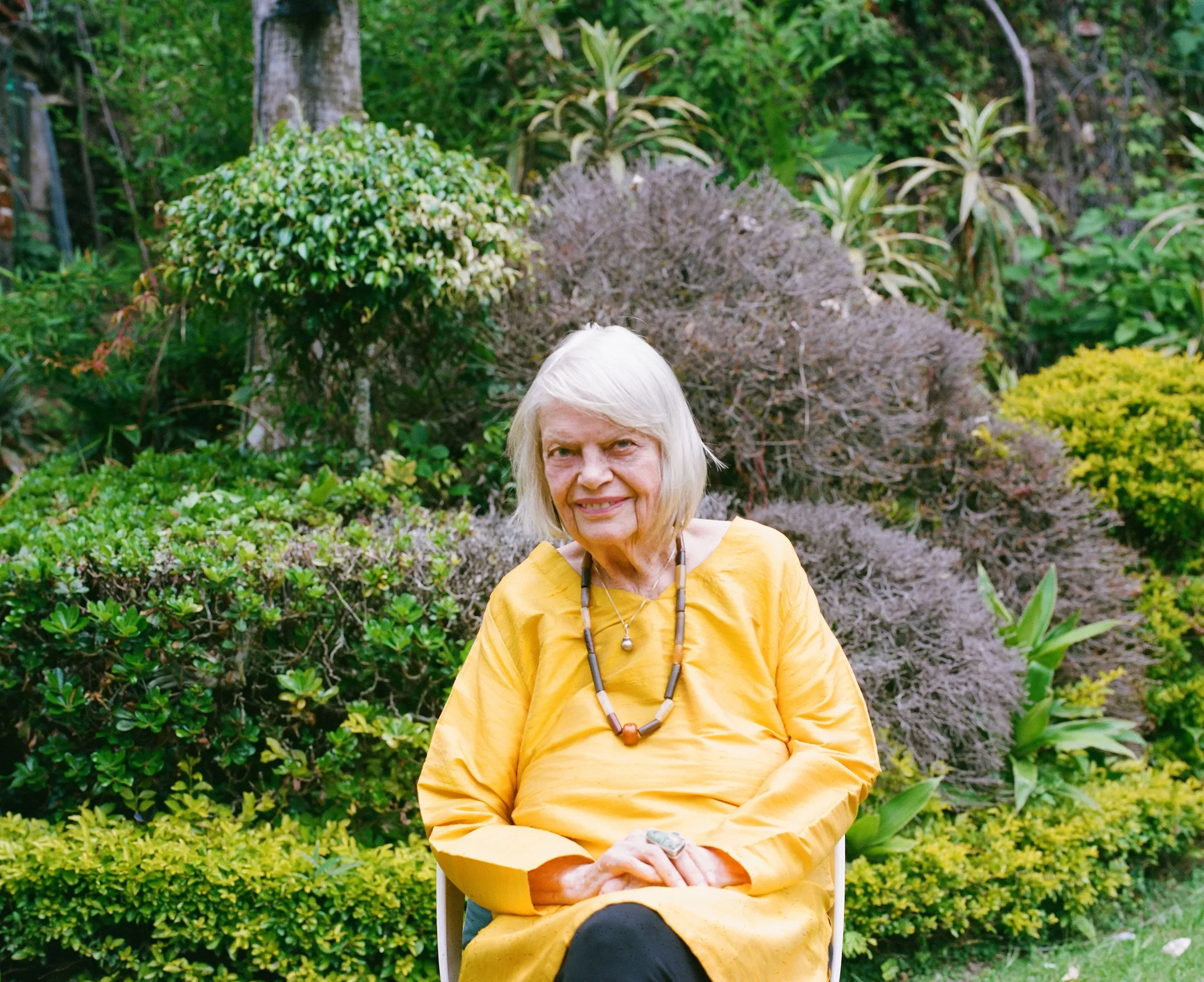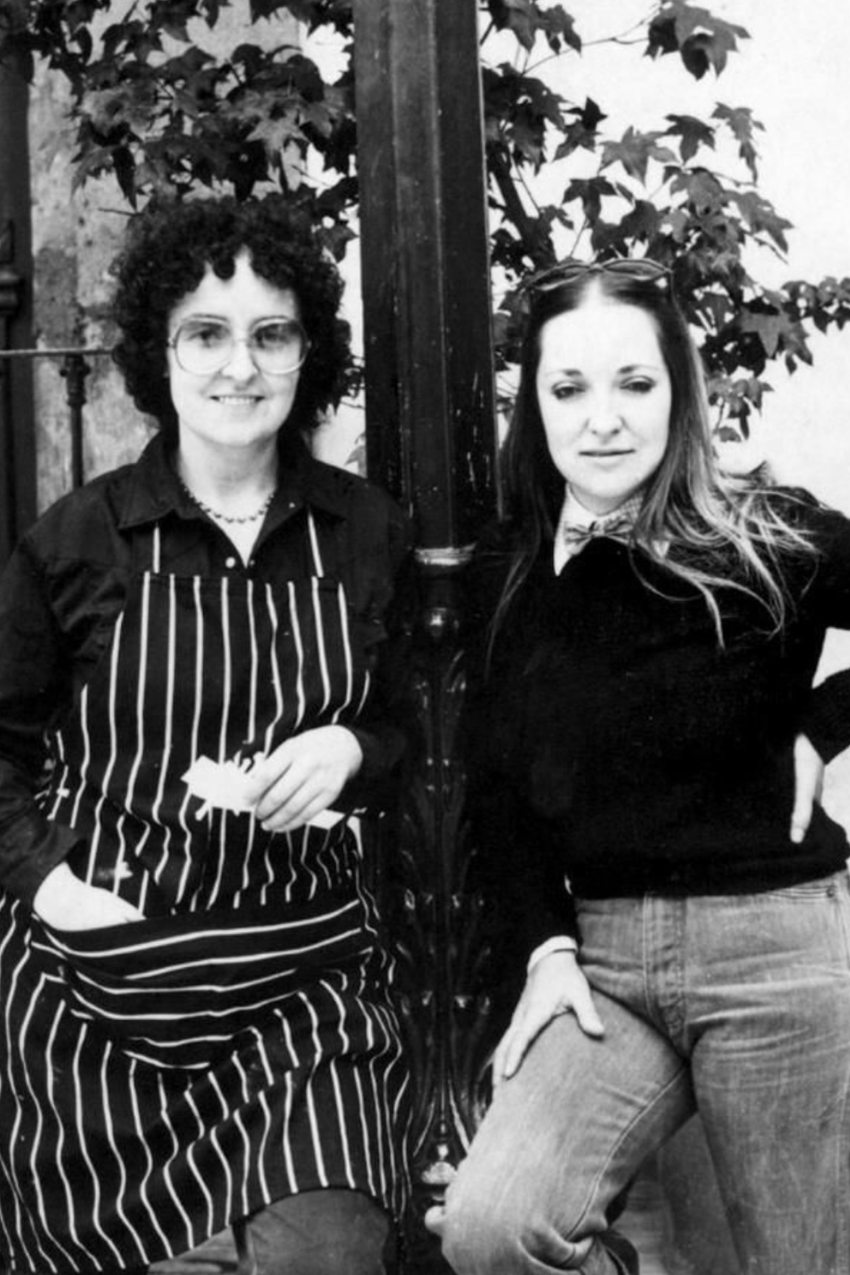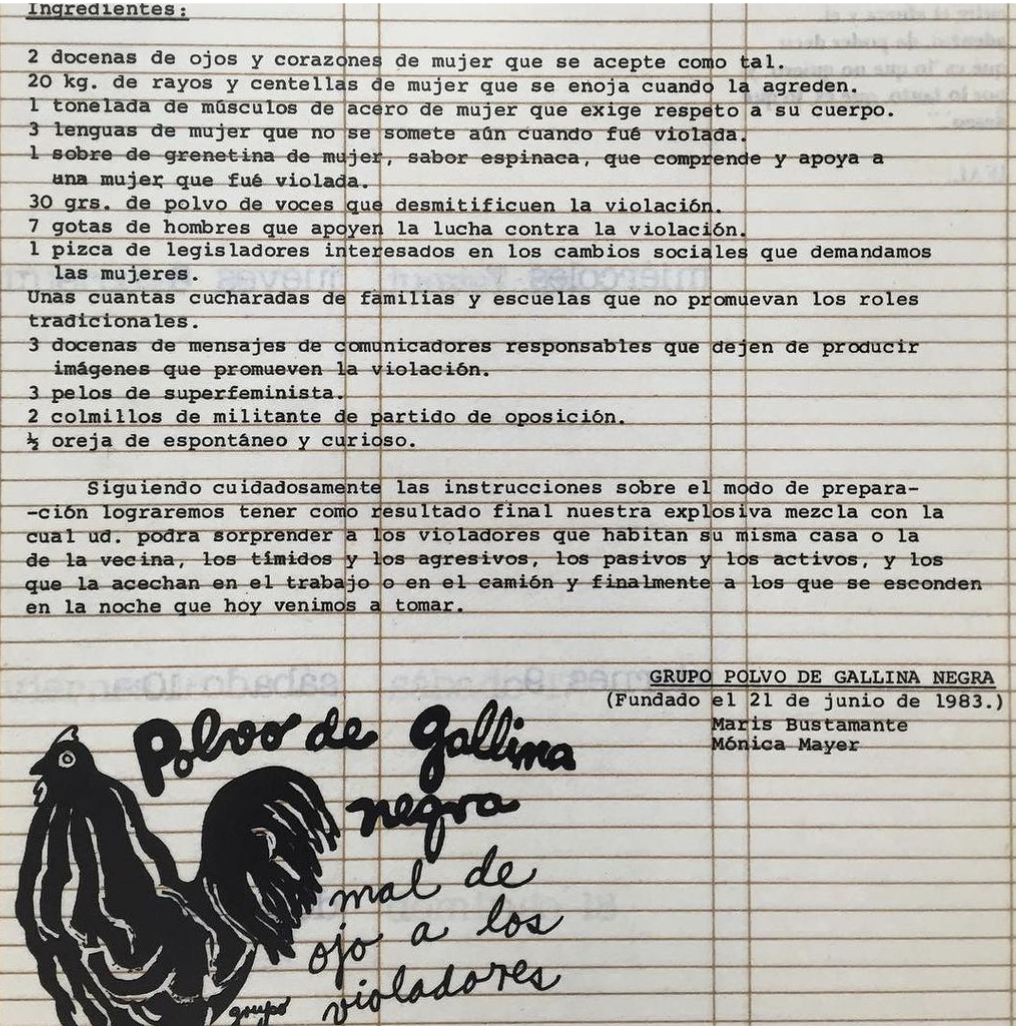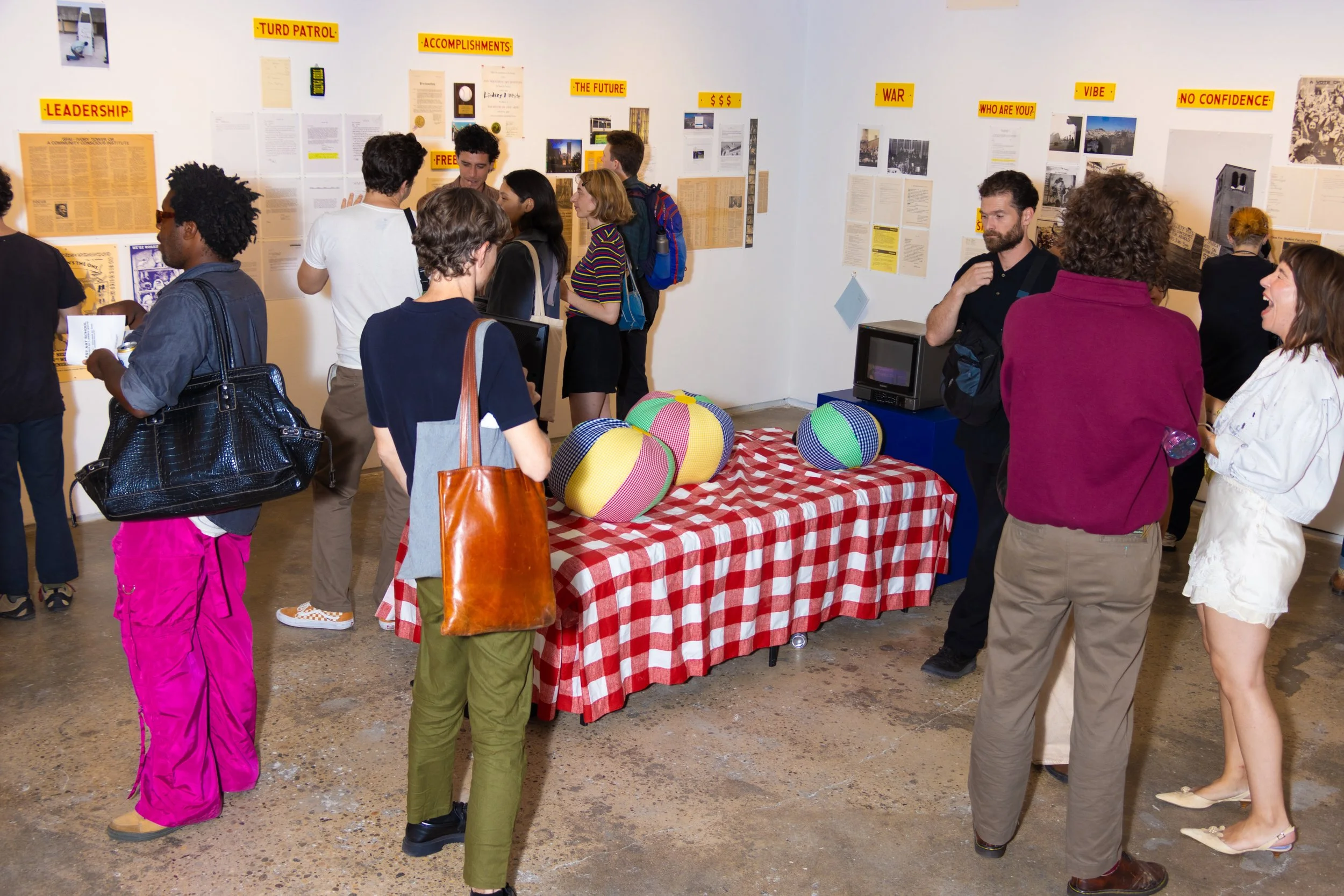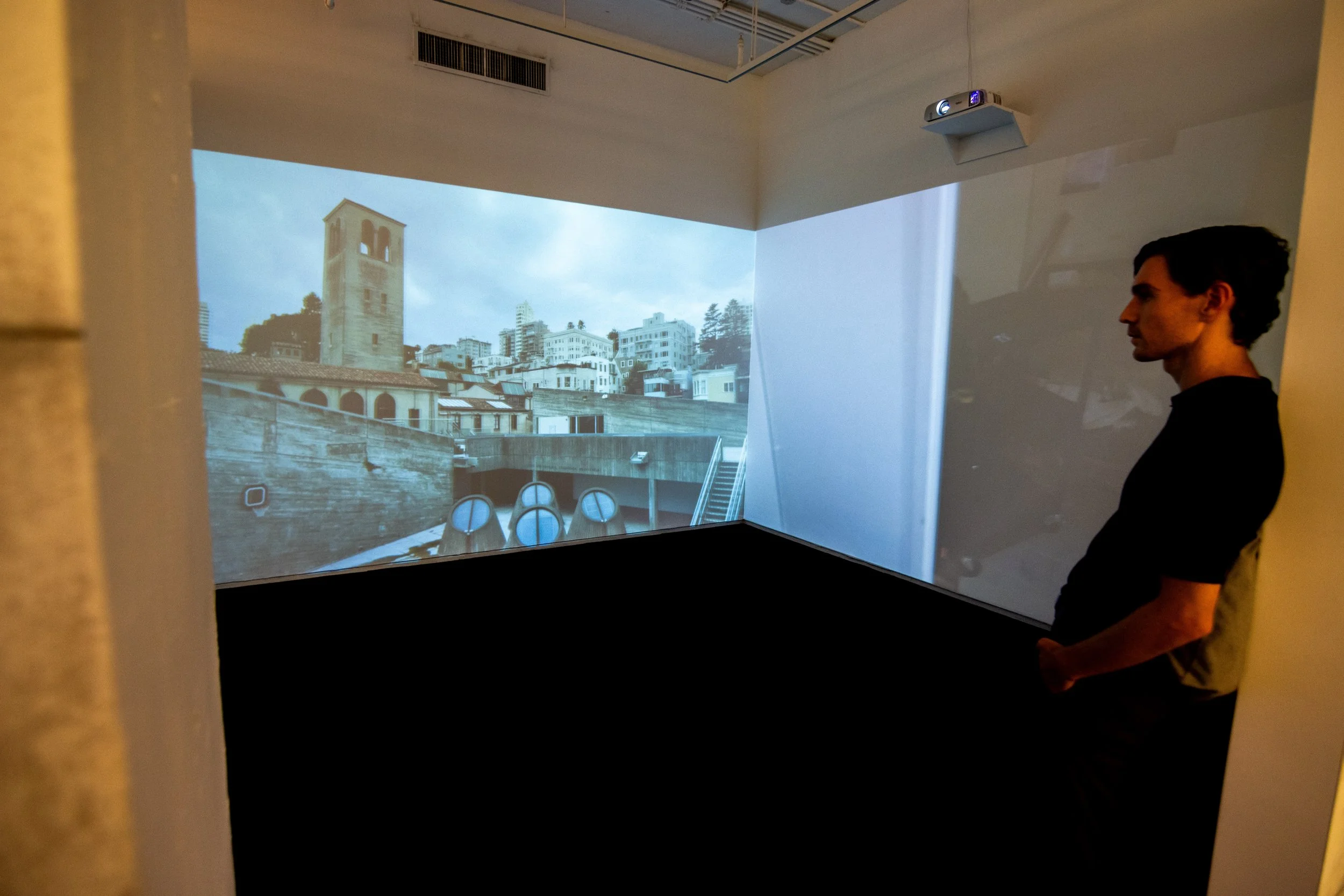Katie Hood Morgan: You published your first book What? Is? Art? with Colpa Press in 2024. The publication includes images of the empty SFAI campus during the pandemic—studios and classrooms are frozen in time in an eerie precursor to the school’s bankruptcy and closure later that year. These images appear alongside texts from anonymous higher arts education professors from around the country. Can you share how the Last Art School exhibition concept developed out of and expanded on this project?
Lindsey White: The photos I took at SFAI were taken at a moment when it wasn't clear if the school was going to make it or not. The faculty had already received layoff notices two weeks into COVID so these photos were the beginning of me trying to cope with the stress and sadness of the situation. This process enabled me to feel proactive when everything felt out of my control. By inviting members of my academic family to share some of their experiences, I was not only able to shed light on greater issues but also show that these issues are rampant in higher education, and that we’re not alone. Being in community has always been important to me, and Last Art School is an extension of this line of thinking. The project is a continuation of how to bring multiple perspectives together through art, dialogue, food, fellowship, and public events.
KHM: Upon entering the exhibition space, visitors will find a large bulletin board of printed articles about the challenges facing art schools globally, underlining how truly current these issues are. What is your aim in siting this project on the Hunter College MFA Campus right now?
LW: The bulletin board of current events is a way of physically sharing some of the articles that have been published recently, and the display will continue to be updated throughout the exhibition. With everything going on right now, it's easy to lose sight of the attacks (in their various forms) on higher education. This exhibition is exactly where—and when—it needs to be. The show is not only located within an art department—it is specifically sited in a public university, a place where I feel that the greatest sense of hope exists. It's critical that we acknowledge the institutional collapse of higher education from within the walls of the institution so that together we might be able to support one another and be proactive in new revolutionary approaches.
KHM: The exhibition includes a gallery with an incredible display of materials—posters, images, printed email and memos, and ephemera—from the SFAI Legacy Foundation and Archive. Can you describe some of your favorite items in this room? Why was it important to you to include SFAI archival materials in the exhibition?
LW: It’s hard to choose favorites, but I think joint letters written by faculty and students always pull at my heart strings. I admire when people can come together, and articulate what feels important to them in the moment. It’s so vulnerable and real! I think we need more of this energy right now. The student protest photograph that depicts the SFAI cafe windows X’ed out with “Budget Cuts No View” is definitely at the top of the list, too. My hope is that when visitors look through the SFAI archival materials they will realize we’ve been through hard times before, and maybe there are some clues in the materials for how to move forward or at least find inspiration. SFAI was also a weird, beautiful, and complex place like all art schools, and we should celebrate artistic homes for the weirdo artists.
KHM: You taught at SFAI for a decade, as Adjunct then Associate Professor and eventually Chair of the Photography Department (which was founded by Ansel Adams in 1946.) Can you speak about your experience as a professor and how it has informed your interest in both pedagogy and the administrative machinations of higher educational institutions?
LW: Collaborating with students was the best part of teaching. Over the years among students, faculty, and staff I made many important lifelong friendships. I’ve found that a good sense of humor and strong communication skills are critical to navigating group dynamics. I believe in taking care of people, and really listening to what they’re trying to say, to ask questions, and to never assume. I found that academia began to lack the care, openness, and humor that I feel the greater community needs. So, I’m looking for new ways to engage this community from the outside. Last Art School is a huge experiment, but I’m up for the challenge. I’m looking forward to meeting new people along the way.



